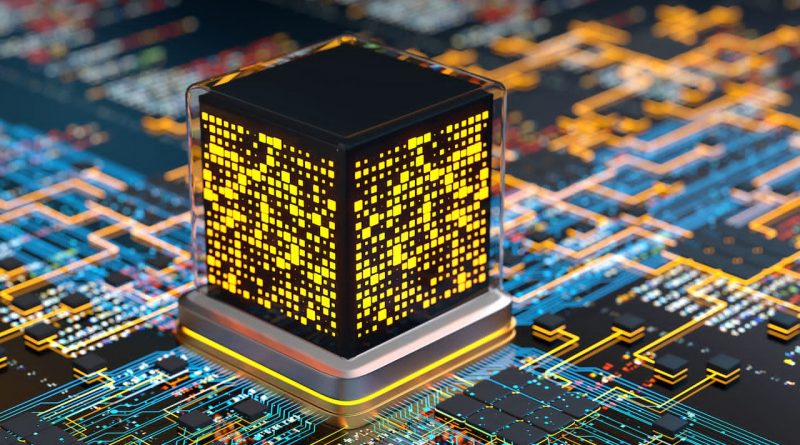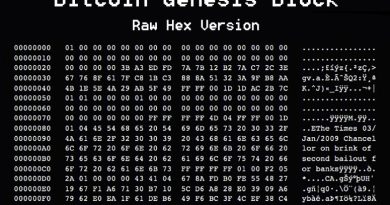Proof of Work (PoW). A mechanism in blockchain technology
Proof of Work (PoW) - A basic mechanism in blockchain technology explained for beginners
In the exciting world of blockchain technology, consensus mechanisms play an important role in ensuring the security and integrity of transactions. One of the most well-known consensus mechanisms is the Proof of Work (PoW). In this article, we will give you a simple introduction to PoW as a beginner and explain how it works.
What is Proof of Work (PoW)? Proof of Work is a consensus mechanism developed to ensure security and reliability in a blockchain. It was first introduced by Bitcoin, the first and best-known cryptocurrency, and is now used by many other blockchain networks.
How does Proof of Work work? The PoW mechanism is based on the principle that participants in a blockchain network must solve complex mathematical puzzles to create new blocks and validate transactions. These mathematical puzzles are resource-intensive and require considerable computing power.
Here is a simplified process of how PoW works:
- Transactions are combined into a block by the network participants.
- The miners in the network take these blocks and compete with each other to solve the puzzle. The puzzle involves searching for a value (nonce) which, in combination with other block information, generates a specific mathematical hash.
- The miners use their computing power to try out different nonce values until they find one that generates the desired hash. This requires a lot of computing power and energy.
- The miner who solves the puzzle first and finds the valid hash is rewarded in the form of cryptocurrency (e.g. Bitcoin). The block found is then added to the blockchain.
- The other participants in the network check the block found and accept it if it fulfills the consensus rules.
Why is Proof of Work important? The Proof of Work mechanism is important to ensure multiple aspects of security in a blockchain network:
- Counterfeit protection: The solution to the mathematical puzzles and the computing power required make it extremely difficult to create counterfeit blocks and manipulate transactions.
- Consensus building: The PoW mechanism allows participants to agree on a common consensus on the validity of transactions. Everyone in the network can check the solution to the puzzle and ensure that it is correct.
- Protection against spam: As solving the puzzle requires computing power, it is more difficult for attackers to penetrate the network.





